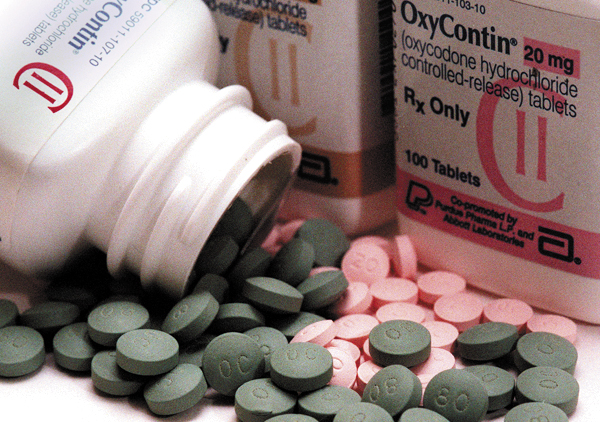Prenatal Use of Acetaminophen Linked to Early Puberty
/By Pat Anson, PNN Editor
The daughters of women who took acetaminophen during pregnancy tend to start puberty early, according to a new study by Danish researchers.
The study is the latest indication that prenatal use of acetaminophen – more commonly known as paracetamol outside the U.S. -- can have long term effects on children.
Researchers at Aarhus University studied health data on about 100,000 Danish women who provided detailed information about their use of acetaminophen during pregnancy.
Nearly 16,000 children born to those mothers between 2000 and 2003 were followed from the age of eleven and throughout puberty, with surveys every six months about different aspects of their development.
The study, published in the American Journal of Epidemiology, found that girls on average entered puberty between one-and-a-half and three months earlier if their mothers took the over-the-counter pain reliever for more than 12 weeks during pregnancy.
"We found a 'dose-response' correlation. That is to say, the more weeks with paracetamol during pregnancy, the earlier puberty in girls, but not in boys," says lead author Andreas Ernst, a PhD student from the Department of Public Health at Aarhus University.
"While entering puberty one-and-a-half to three months earlier may seem unimportant, when taken together with the frequent use of paracetamol during pregnancy, our findings ought to make people take notice. Our results are certainly not the decisive factor that should change current practice, but the perception of paracetamol as 'the safe and harmless choice' during pregnancy ought to be challenged."
Early puberty development increases the risk of serious diseases in adulthood, such as obesity, diabetes, cardiovascular diseases and testicular and breast cancer.
The use of acetaminophen (paracetamol) has been increasing worldwide and studies have found that over half of pregnant women in the U.S. and European Union use the pain reliever at least once during their pregnancy. It is the active ingredient in Tylenol, Excedrin, and hundreds of pain medications.
Previous research has shown that prenatal use of acetaminophen is associated with slow language development, autism and attention deficit problems in young children.
Over 50 million people in the U.S. use acetaminophen each week to treat pain and fever. The pain reliever has long been associated with liver injury and allergic reactions such as skin rash. The FDA label for products containing acetaminophen warns about the risk of liver damage and other side effects but does not specifically warn pregnant women about using the pain reliever. The agency said in 2015 that the evidence was “too limited” to justify such a warning.
In its 2016 opioid prescribing guidelines, the CDC recommends acetaminophen as an alternative to opioid pain medication. The guideline only briefly mentions that acetaminophen is involved in hundreds of overdose deaths annually and can cause liver problems.
The CDC guideline does warn pregnant women -- at length -- that opioids can cause birth defects, poor fetal growth, still births and neonatal opioid withdrawal syndrome.
























